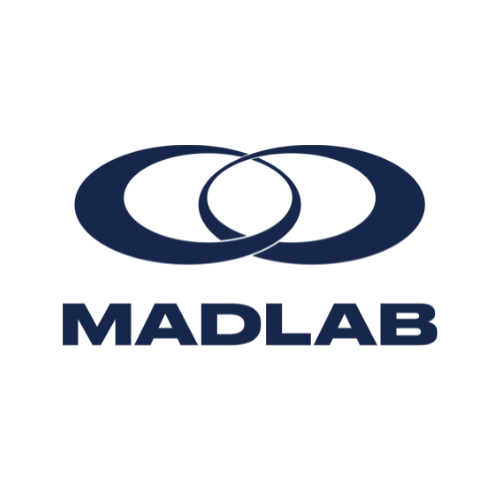THE FOUR STAGES OF A GOOD CLIENT INTAKE PROCESS.
The client intake process sets the tone for the whole client experience.
It allows expectations to be set, conversations to be had, and information to be gathered by both parties involved; the coach and the client.
Madlab's approach to the client intake process is simple on paper but requires skills greater than just technical ones. Communication and sales training is essential.
The Madlab client intake process:
Step 1: Intro by appointment only
Setting the tone early is important, and communicating what you do, how you do it and why you do it is also incredibly important. As previously stated by us and by others (who we agree with) you shouldn't sell your services to someone you can't help or people who don't want what you provide.
"Sales" in this context is simply the ability to show someone the monetary value of what it is you do and the services you offer.
We do "x", it costs "x" and here's why. This is how we view sales.
All intro sessions are completed by appointment and in a one-on-one setting with no physical exercise. The goal of the intro session is to get a yes or a no from both parties regarding taking the following steps.
Step 2: Three-day assessment
An assessment is necessary to build rapport and trust with the new client. Again, both parties benefit from this three-day assessment. They get to know each other; the coach gets to learn about the client, how they move, and how they learn (which is important information).
The client gets to experience the coach in their element, become familiar with the gym, and be introduced to movement patterns they have most likely never been taught how to do correctly.
The client also understands what they may need to focus on moving forward and how their current abilities and limitations will be tackled with a clearly communicated plan of action.
The goal of the assessment is to, well, assess! Gathering the appropriate information before asking people to perform exercise is critical to their long-term health and fitness. Assuming they can perform basic movement patterns (or even complex patterns) is a mistake that is made far too often.
Don't guess; assess (Thanks for the catchphrase OPEX)
Step 3: Fundamentals
Fundamental sessions only come after an assessment is complete. Never before.
Fundamental training sessions need to be tailored to the individual while also having an end goal of preparing them for another service later down the road. Whether that service is a group class setting or individualized private programing, the purpose of fundamentals should be to introduce and teach clients what they need to be successful moving forward.
Even covering things that are not a good fit for them and why is an important thing to do.
Fundamental sessions are for teaching, not just showing people their appropriate exercise variations. They should complete fundamentals with an understanding of how to be coached and cued and should know that the goal moving forward is to improve the skills they have been taught instead of attempting to overreach for new ones.
Step 4: Group Training or Private Programming
Once people have a specific level of autonomy and can get by in the gym without the constant help of a coach, they most likely will move into a group training or private programming setting.
In this setting, clients are now practicing their skills and movement patterns.
Very rarely should they be learning new skills in these training sessions as learning should be reserved for personal training sessions (as stated above).
This is the beauty of the hybrid membership and programming cycles. Members can get exposure and practice to the things they need to work on while knowing that once the next programming cycle begins, they will meet up with their coach to create a new individualized focus or to talk about the direction of the group training sessions and how that focus will impact them and their training at the gym.
In summary
- Step 1: Intro session - get a yes or no answer to step 2
- Step 2: Assessment - don't assume anything; assess the member and get as much info as possible.
- Step 3: Fundamentals - this is for learning and teaching, not just being shown things. This is where autonomy begins.
- Step 4: Hybrid membership - whether it is group training or individualized programming, this is when members begin to practice, practice, practice and improve their skills, abilities and overall fitness. Having ongoing personal training allows for constant check-ins where new skills can be taught and then practiced, as the hybrid membership is the key to client success long-term (10+ years).
To learn more about Madlab and how we might be able to help you, book a call now.
Menu
Contact Us
1980 Clark Drive
Vancouver, BC Canada
V5N 0A9
info@madlabbusiness.com
Follow Us

Copyright © 2023 Madlab Business. All Rights Reserved.

